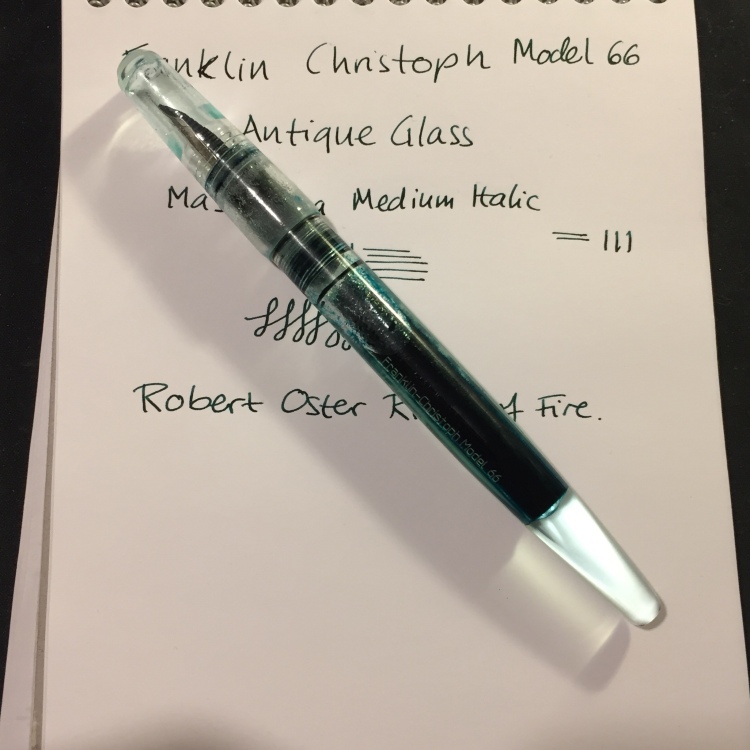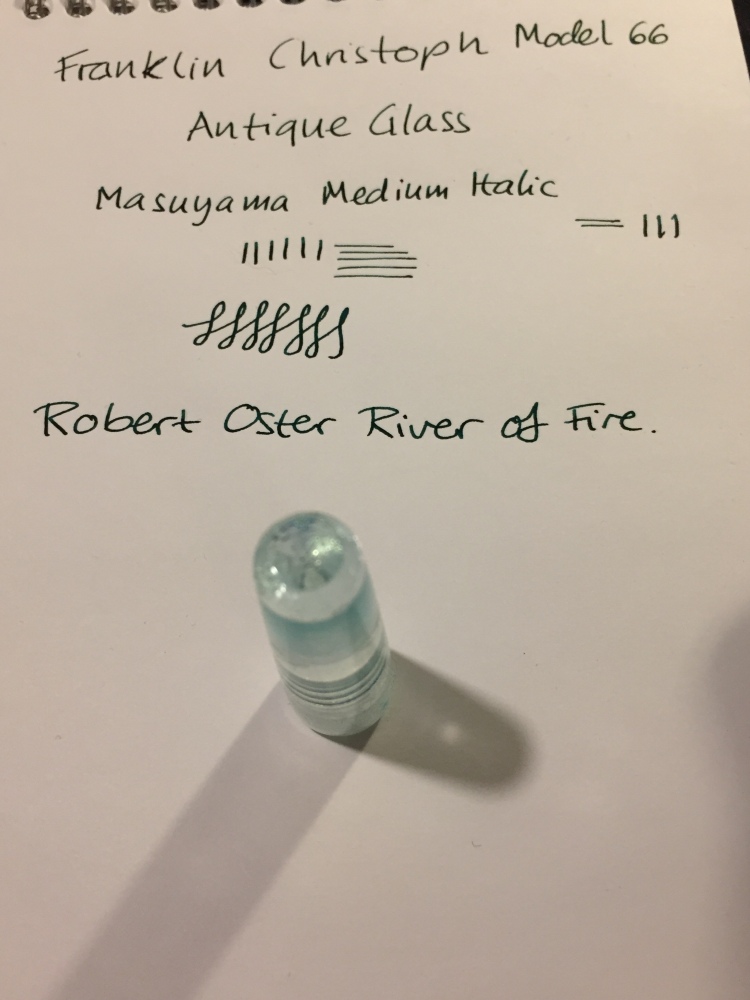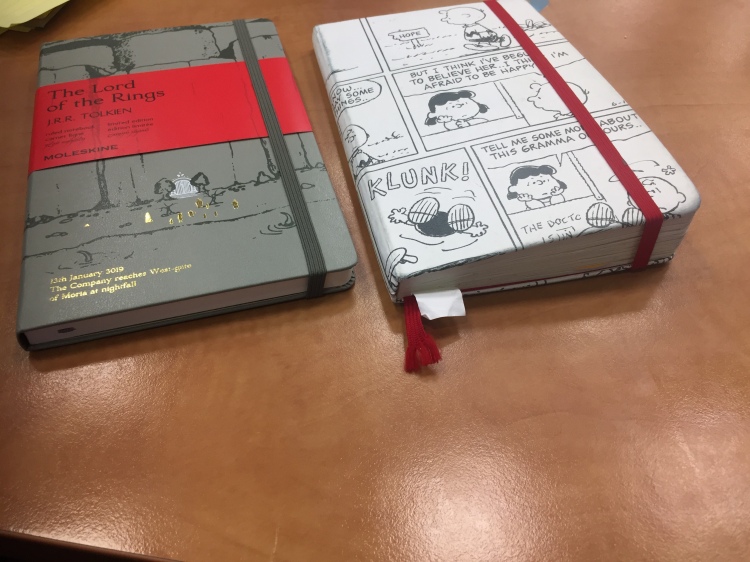Zebra Mildliner Review and Journal Comic


I love highlighters, so long as they’re not the blindingly neon ones, as I find them distracting. So when JetPens first offered the Zebra Mildliner Double-Sided highlighters, I had to give them a try. Theoretically, like all highlighters, they are supposed to help you organize your notes. In reality they just add a little colour to my usual mess.

Highlighter pen bodies tend to be on the chunkier side, oftentimes square shaped. The Zebra Mildliners are just slightly thicker than usual pens, and very light. If for some reason you have hours of highlighting ahead of you, these ought to be pretty comfortable to use.

As their name suggests, these highlighters are double-sided. One size is a small chisel tip, and the other is an even smaller bullet tip. I had a hard time achieving coverage with the chisel tip in one go, but I’m not a stickler for these sort of things so it didn’t matter much to me. I was more interested in the Zebra Mildliner’s muted, and rather original colour palette.

This is a close up of the three Mildliner colours that I got: Mild Grey, Mild Orange and Mild Smoke Blue. None of these colours are standard: the orange looks more like a peach than a traditional orange, the mild smoke blue looks like a muted teal or a light blue black, and I’ve never heard of a gray highlighter before. It sounds like an oxymoron: grey highlighter. But here it is, and it’s pretty cool (no pun intended, plus it’s a warm grey anyway).

Apart from having fun with these in the journal comic above, I tried these on a variety of pens and inks. I’ve been using these highlighters for over six months now, but I don’t highlight over anything but gel pens normally. As expected, these behaved the best with fineliners (see the comics above) and with ballpoint pen. This being Clairefontaine paper may have made the Uniball Signo gel refill drying times long enough for the highlighter to smudge the text a bit even after a full minute. The Ohto Flash Dry is just a miracle refill, but the Noodler’s Lexington Grey just floored me. I never expected to see a fountain pen ink stand up to highlighter so well, so quickly, especially with such a broad nib and on this paper. Phenomenal.
The Zebra Mildliner Double-Sided highlighters come in 15 colours. I don’t recommend buying them all; find yourself a “standard” colour, a “wild” colour, and another that’s your favourite. Despite what I personally may think, you can have too many highlighters.












































